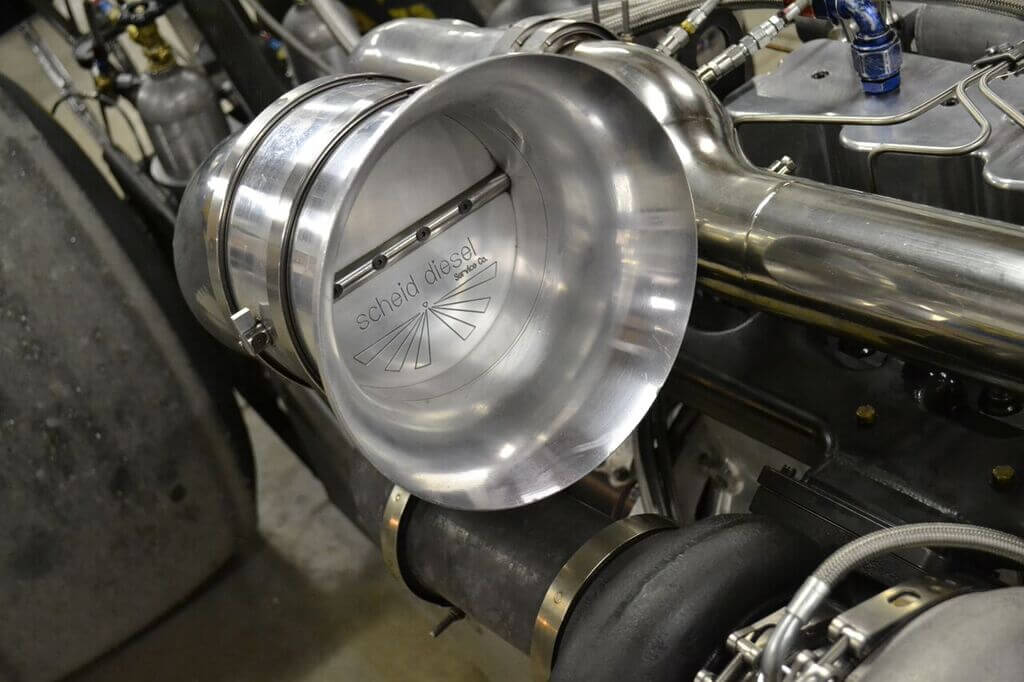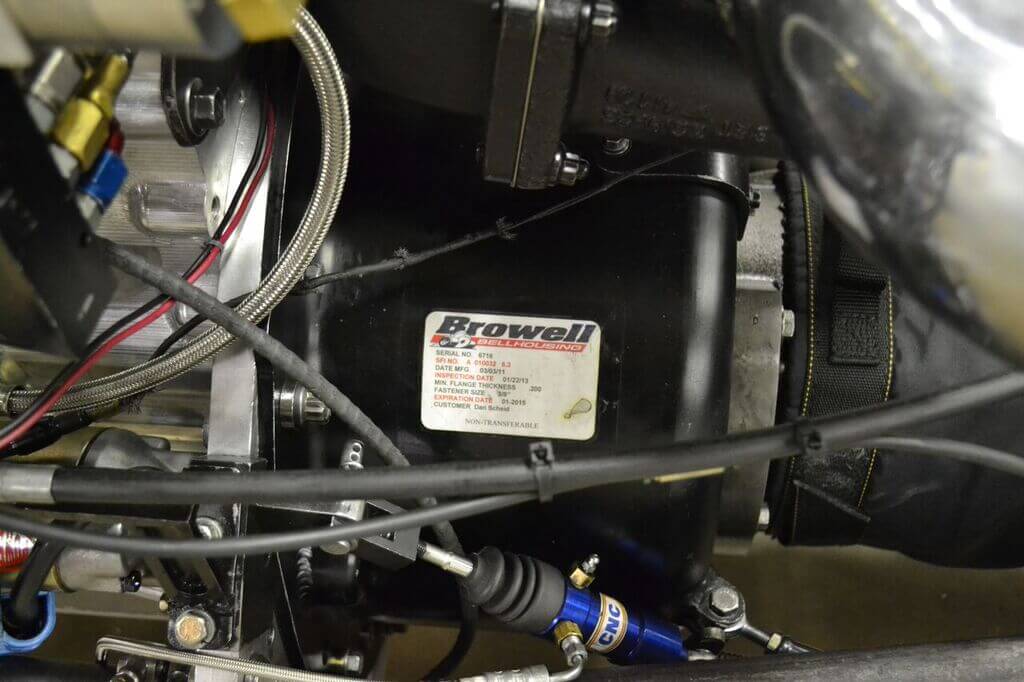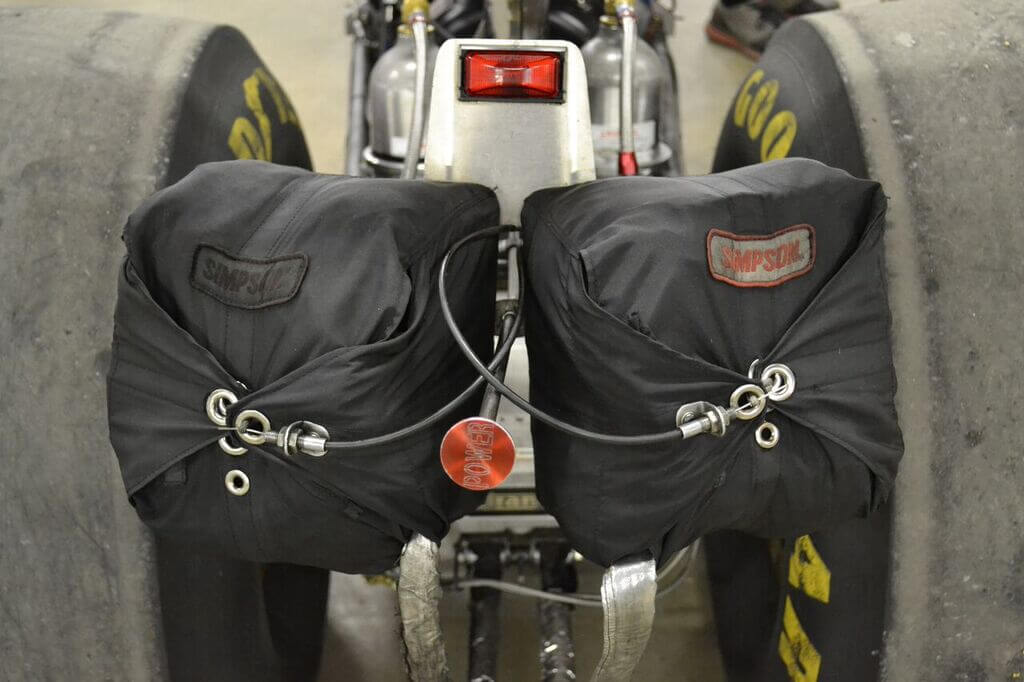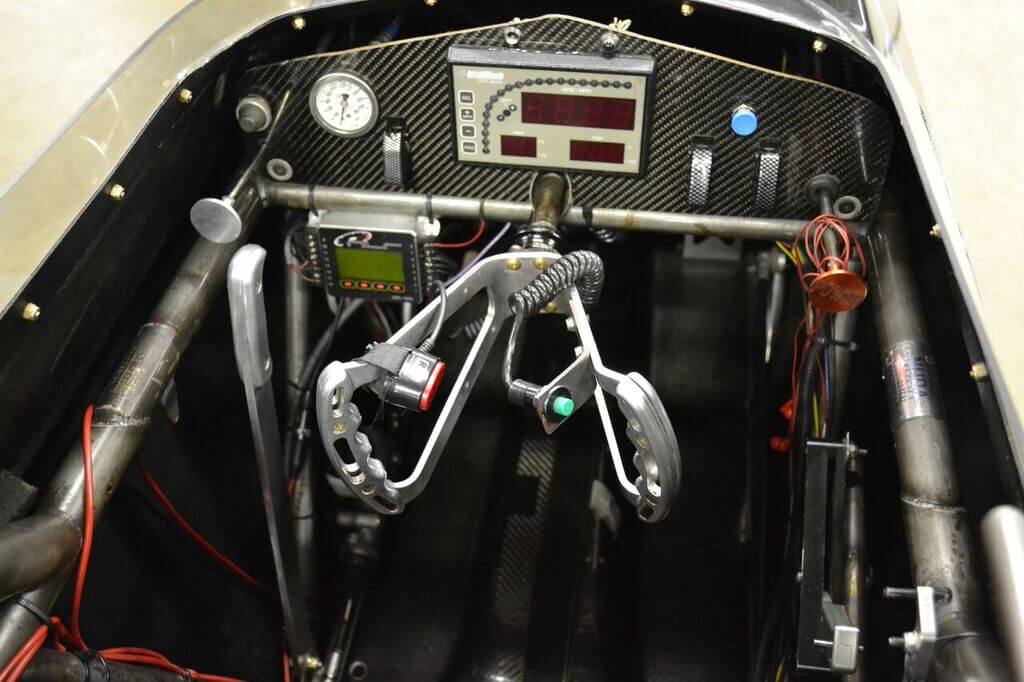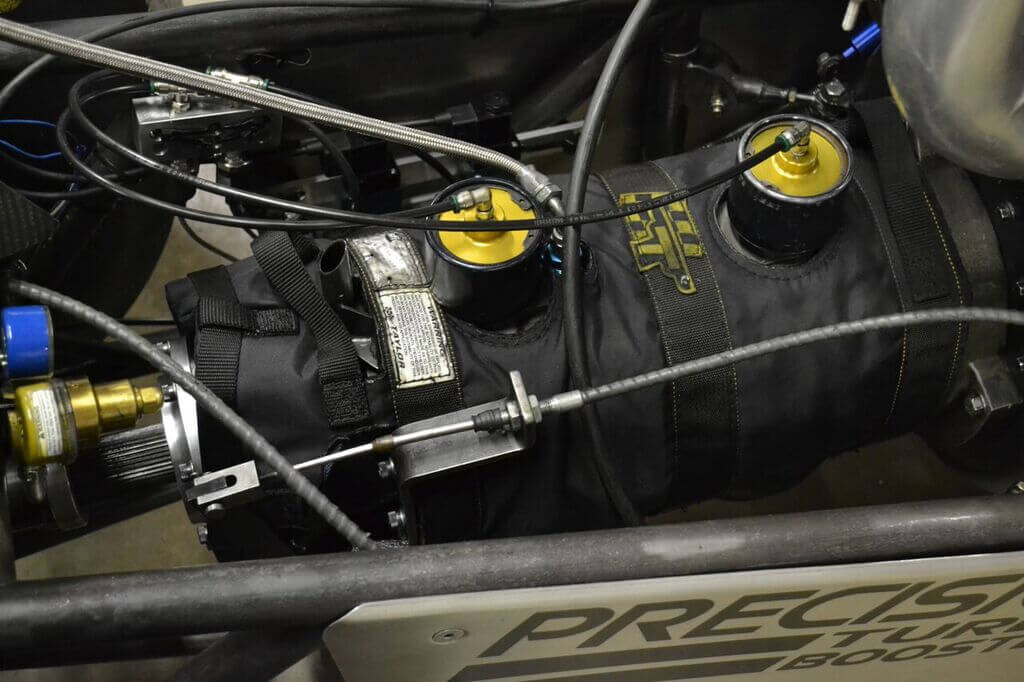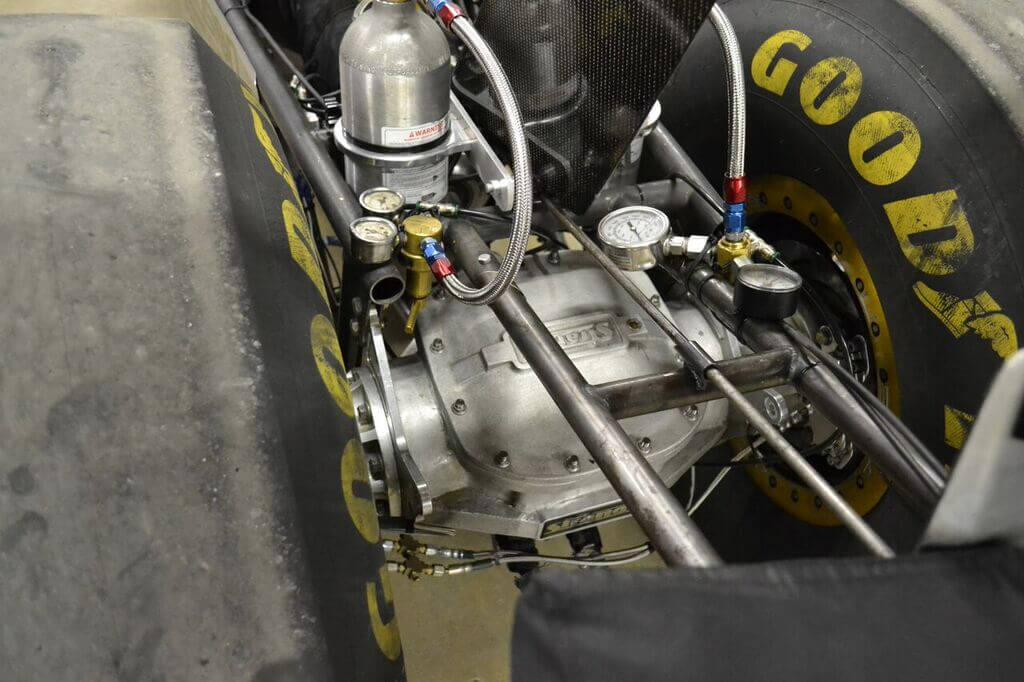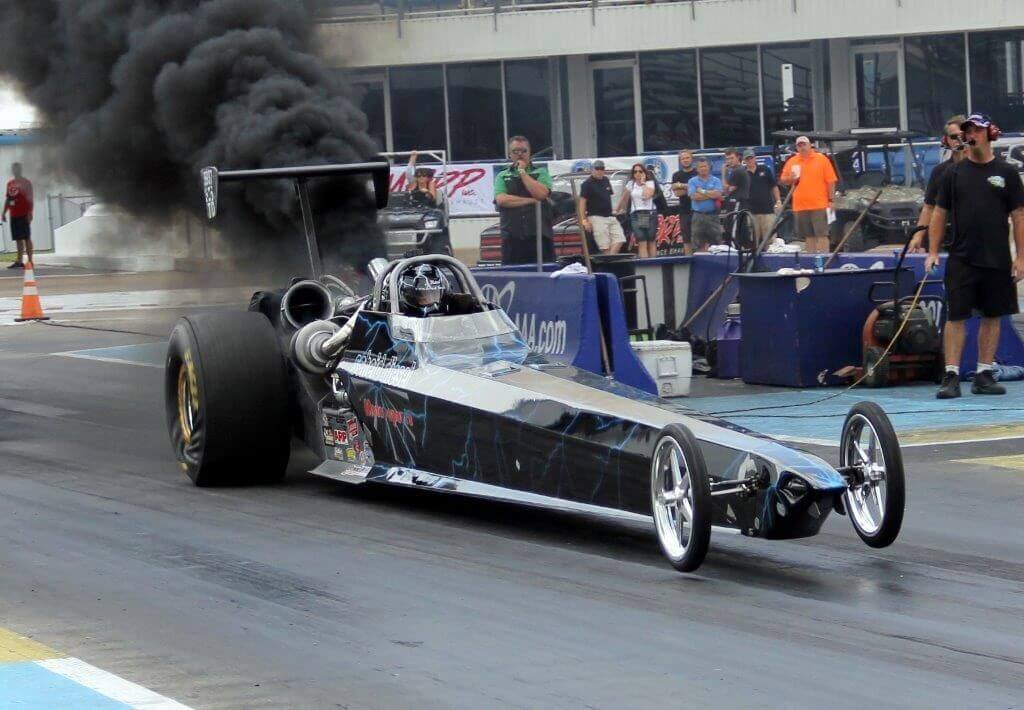World’s Quickest Diesel: The 6.31-second, 226mph, 2,500-Horsepower Scheid Dragster
Drag racing—a simple point A to point B contest—is perhaps one of the purest forms of displaying horsepower. It should be no surprise then, that sled-pulling mastermind Dan Scheid decided he needed to try his hand at quarter mile performance after being so successful on the dirt. The result of Dan’s foray into asphalt racing has resulted in the quickest and fastest diesel down the 1320 to date, with the Scheid Dragster running an impressive 6.31-second elapsed time at 226mph in the quarter mile.
“Stopping from more than 220mph requires twin parachutes.”
This type of performance didn’t happen overnight, however, as the dragster was built nearly a decade ago and debuted with mid 7-second elapsed times. As Dan’s engine program advanced, so did the dragster’s performance and it became the first diesel to dip into the 6-second zone, as well as the first to eclipse 200mph in the quarter mile. A big breakthrough came together for Dan a couple years ago, when the dragster received a large infusion of extra horsepower, along with a big drop in weight.
THE ALUMINUM CUMMINS
A major part of the Scheid Dragster’s drop from high 6-second times to low 6-second times is the aluminum-block Cummins engine that now resides in the 300-inch Spitzer chassis. Based on 5.9L block architecture, an all-aluminum block—sourced by Scheid through LSM—allowed the vehicle’s performance to progress to a new level. Not only was the new aluminum block 138 pounds lighter than a deckplate 6.7L Cummins block, it allowed power to be turned up to its current 2,500hp level without engine damage.
GETTING DOWN THE TRACK
With more than 3,000 lb-ft of torque, you can imagine that getting down the dragstrip can be a bit of a challenge. Even with dragster’s mammoth slicks and relative light 2,500-pound weight, not all of the digger’s power can be applied at once.
When we asked Dan about how he applied power down the track, he gave us a rundown of what it takes to get a clean run: “We come into the lights at about 5,200rpm with boost already built up. We try to leave the line at about 60psi, and then boost ramps up to 140psi, which is peak power. We shift at 5,300 and try to keep the engine under 6,000rpm at all times.” For those familiar with drag racing, the Scheid dragster’s incremental times of 1.04 (60-foot), and 4.12 at 182 (1/8th-mile) are just as impressive as the digger’s quarter mile times.
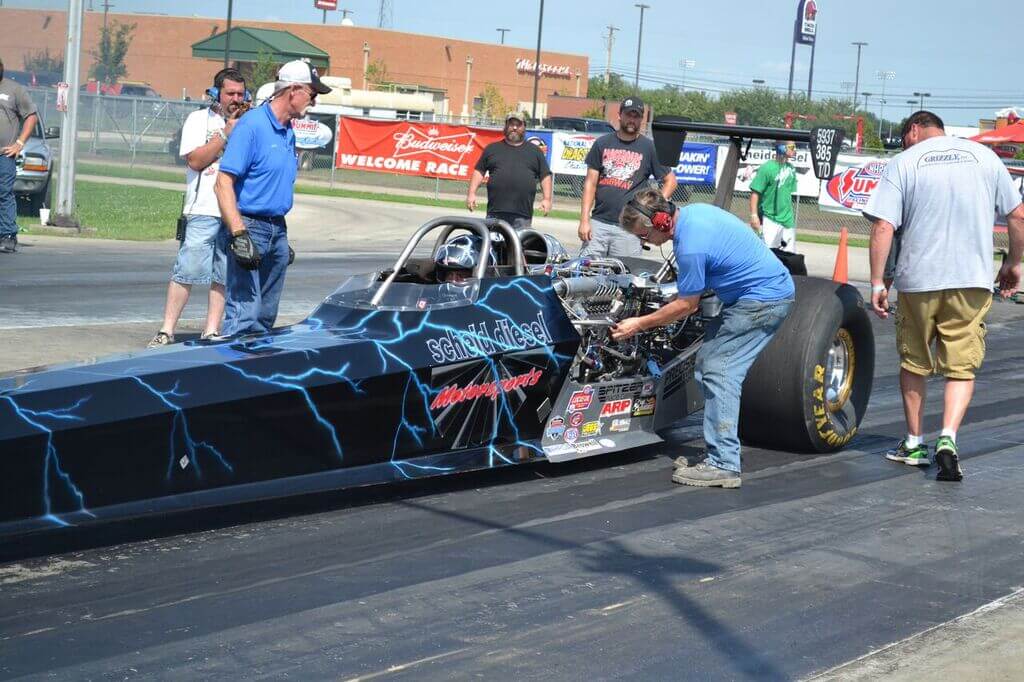
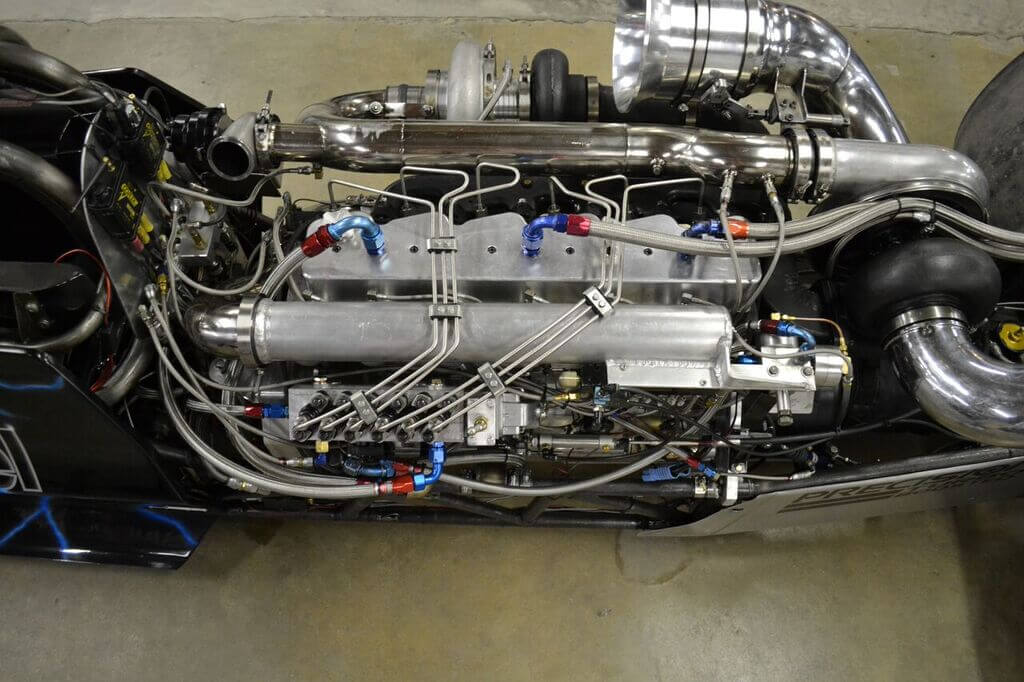

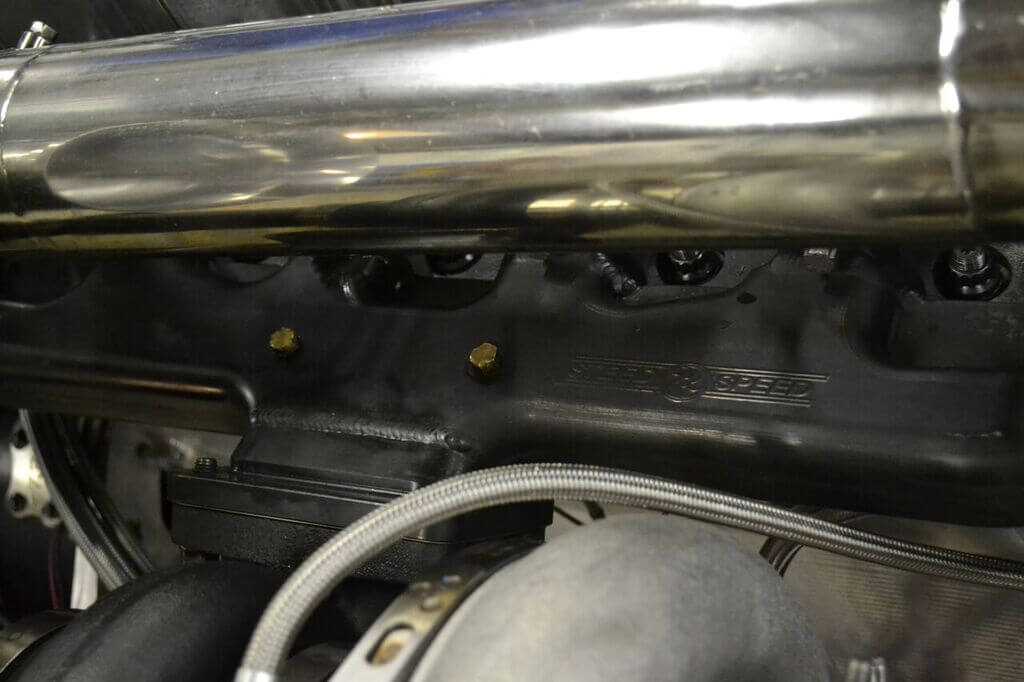
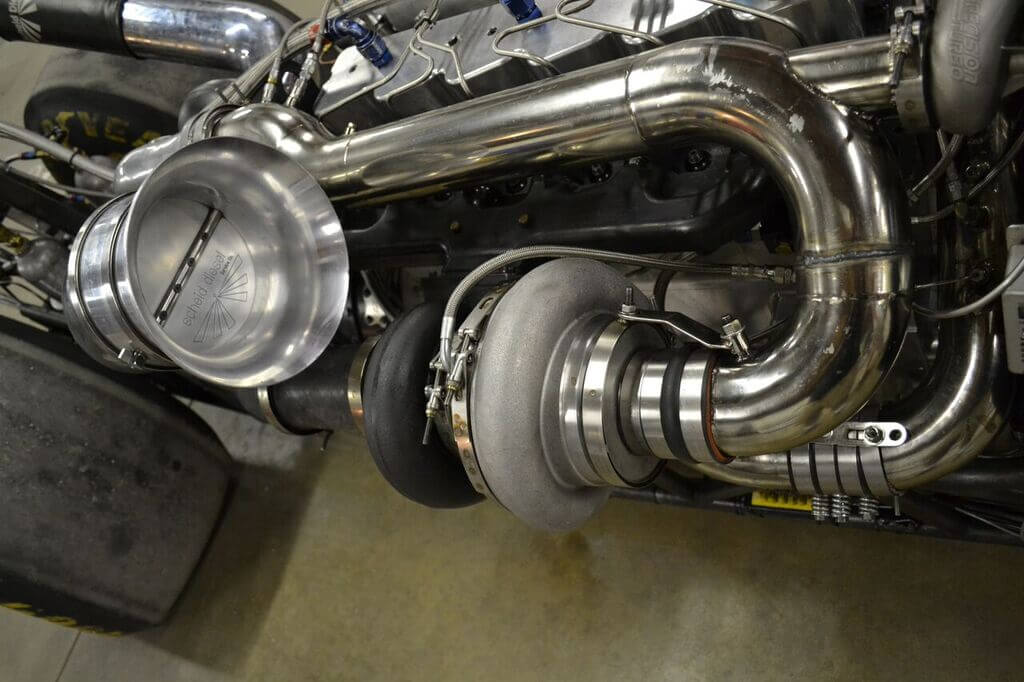
“With more than 3,000 lb-ft of torque, getting down the dragstrip can be a bit of a challenge.”
SCHEID AND THE NHRA
With diesel-powered vehicles being few and far between in the NHRA ranks, Dan decided to compete in Top Dragster, an anything-goes bracket class where virtually any engine combination is allowed. The quickest 32 cars then face off for a shot at the overall win. Despite bump spots well into the 6-second range, the Scheid dragster is a common sight in the Top Dragster field; often times, it’s the smallest engine in the class, competing against 500, 600, and 700-ci gas and alcohol-powered monsters.
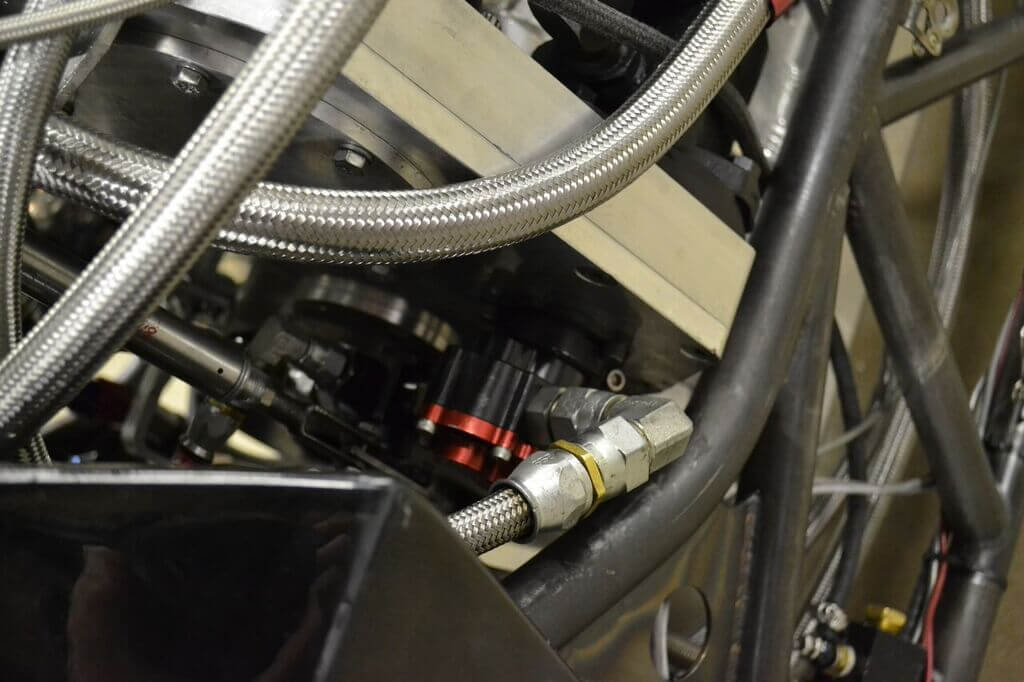
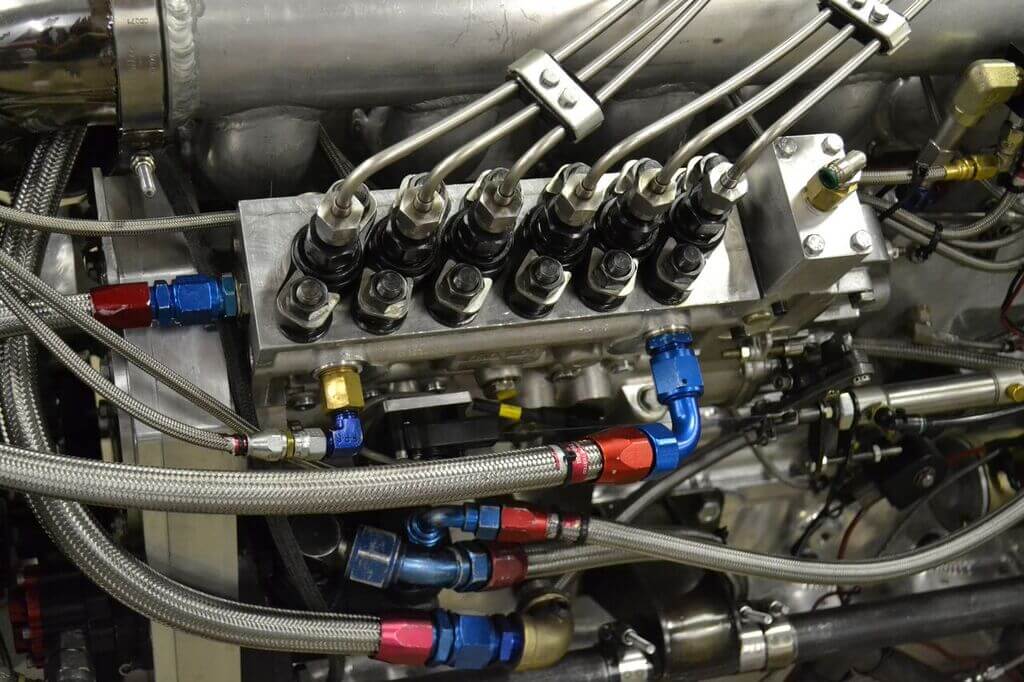

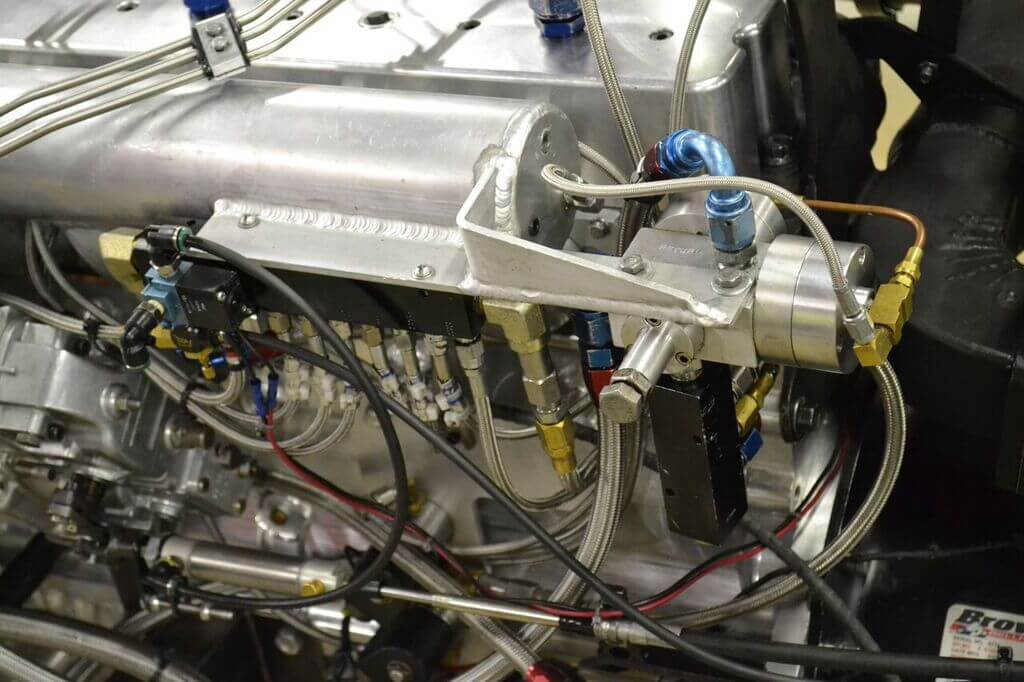
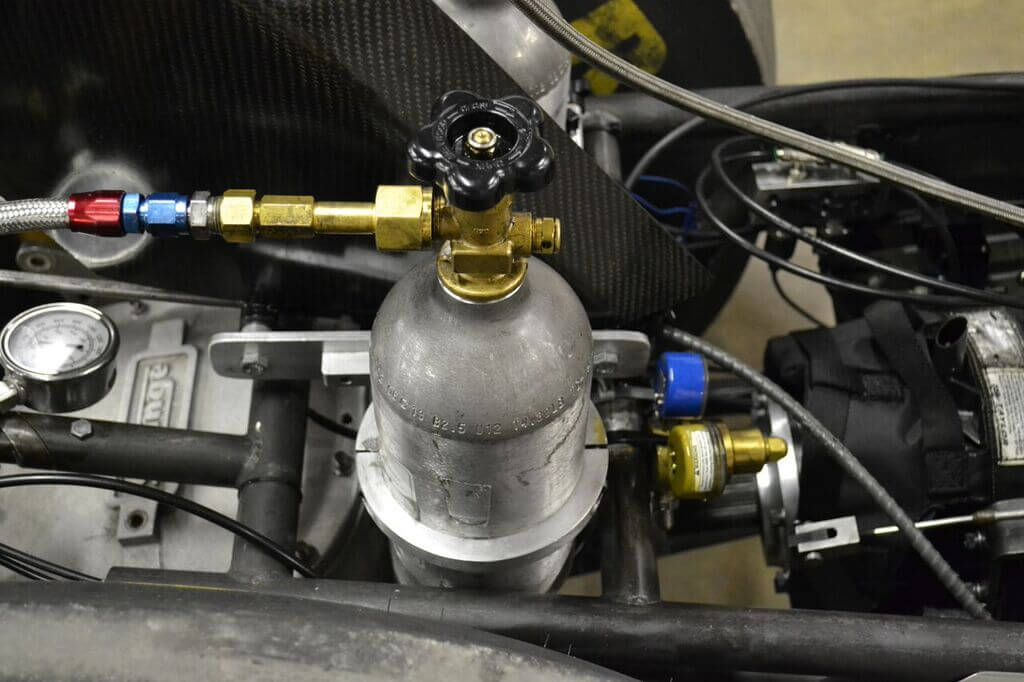
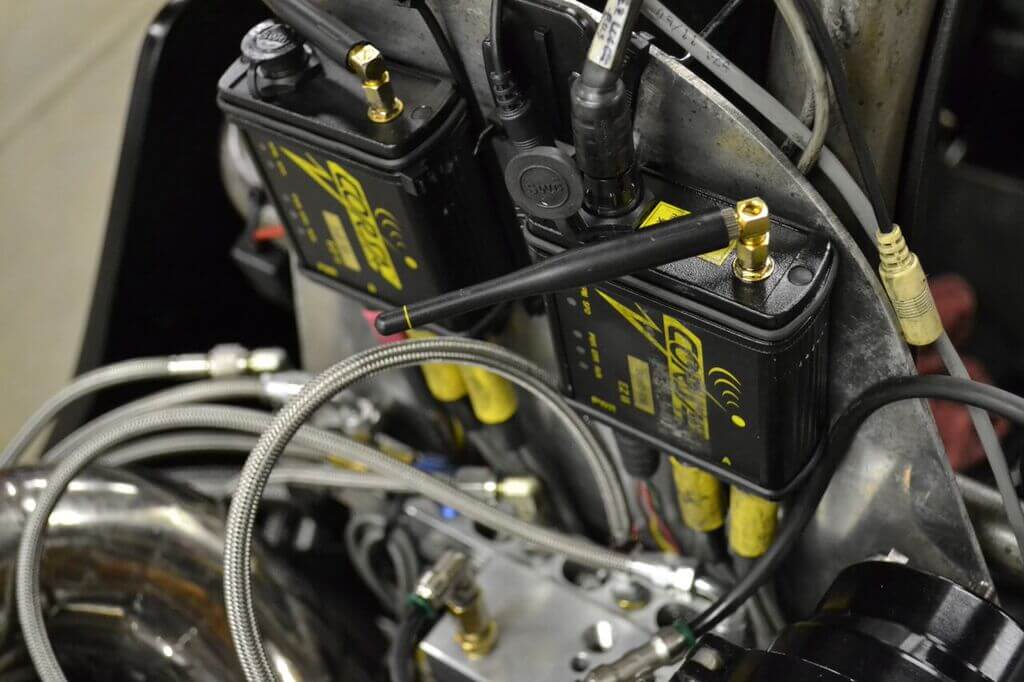
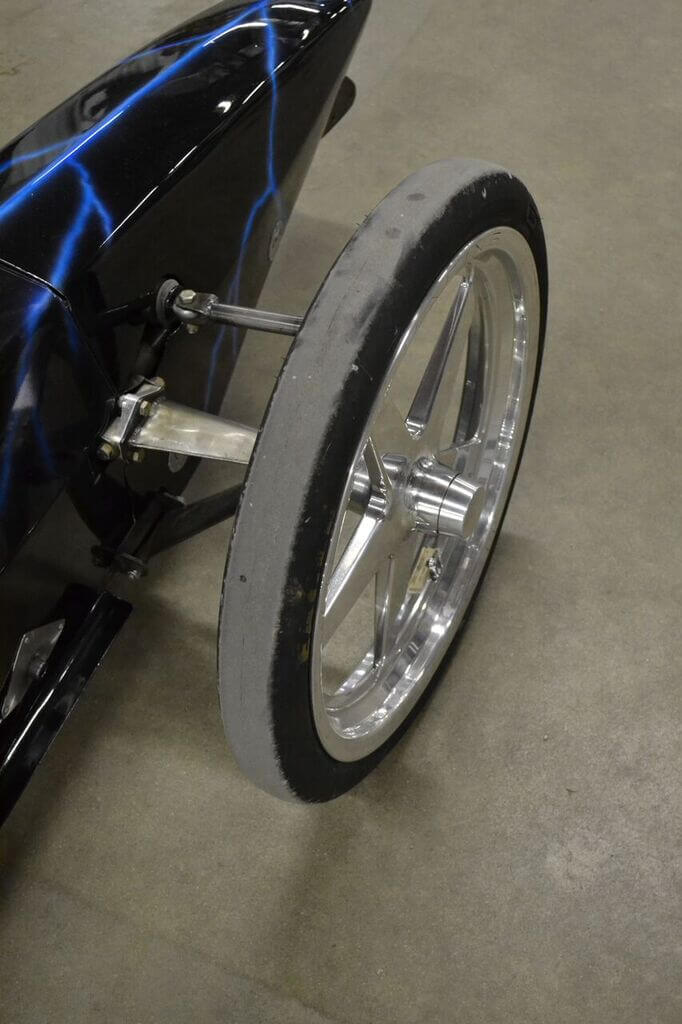
THE FUTURE OF THE SCHEID DRAGSTER
When we asked Dan about his plans for the next couple years, he maintained that the Scheid team would just continue on the path it was going, competing at both diesel-only, and NHRA events. “It would be nice if we had some more people to race against at the diesel events,” Dan said. “There are quite a few other dragsters in the works right now, so hopefully they’ll be finished and we can have some fun!”
Whether on the track, in the pits, or using the dragster to further research and development, the Scheid Diesel team of Dan, his wife, Vicki, driver Jared Jones, and countless others, will continue to raise the bar for diesel performance and wow fans across the country with 220mph blasts. DW
